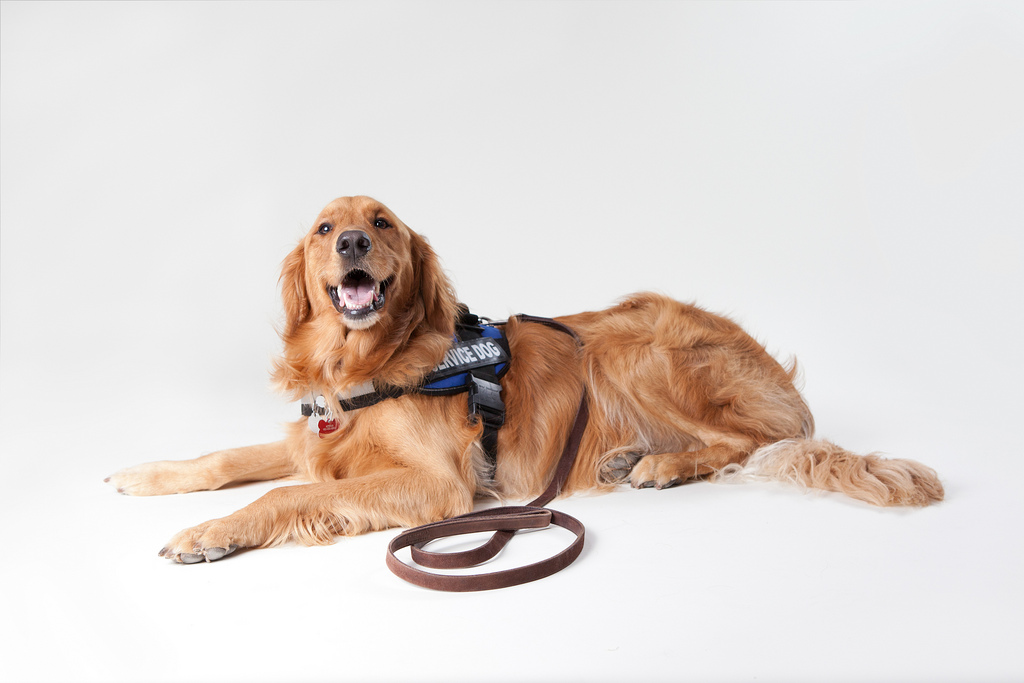When you’re working as part of a medical flight crew, you will encounter many incidents and a wide variety of patients. And sometimes, you might even come across a patient that’s accompanied by a service animal. You may not know exactly how to handle the situation as you’re not too familiar with it. In this post, you’ll find out a few important tips to follow when you encounter patients with service animals.
What to do When Your Medical Flight Patient has a Service Animal
According to the U.S. Department of Justice, only dogs are considered as service animals. And that’s the first information you should be aware of. But in regards to whether or not you should allow a service dog to accompany your patient in flight, you will also have to remember a few things.
First of all, the ADA requires that businesses, nonprofit organizations, and state and local governments that serve the public should allow service animals in their facilities if they’re accompanying people with disabilities.
If you’re not too certain what kind of service the service dog provides, however, you may only carry out limited inquiries. These two questions are the only ones you’re legally allowed to ask:
- Is the dog a service dog that the patient requires because of a disability?
- What kind of tasks or work has the dog been trained to do?
Medical flight and ground ambulance crews alike cannot ask about what disability the patient has or request medical documentation. They can’t request for a demonstration of the dog’s ability either. And you can only deny transport for the service dog because of the following reasons:
- If your ability to provide lifesaving care will be fundamentally altered by the service dog
- If the service dog isn’t housebroken
- If the dog is out of control and the patient cannot take any effective action to control it


